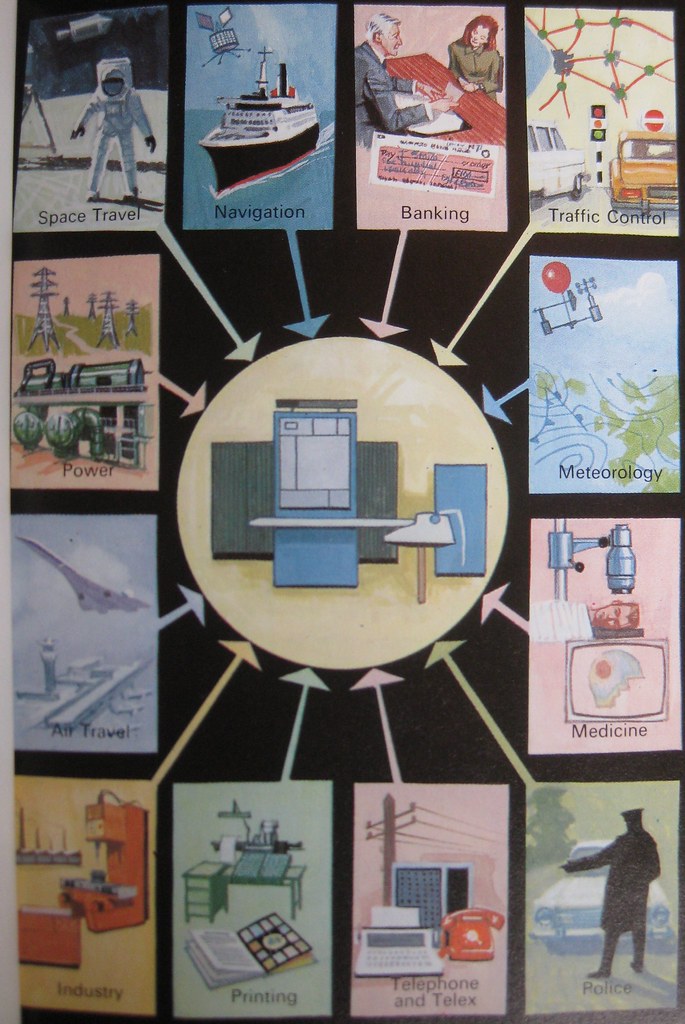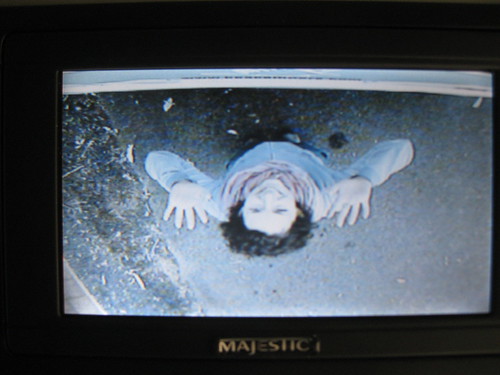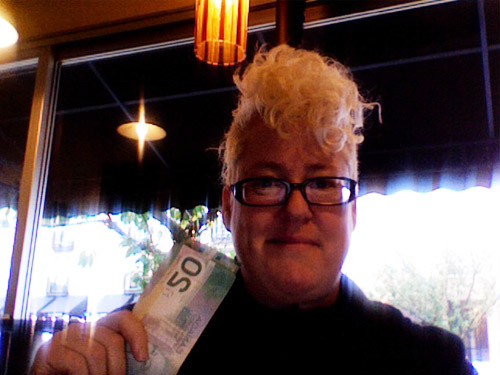
For a while now I’ve had an idea brewing. As time passes, the more it firms up in my mind, and the more real (and scary!) it seems.
So here it is: for a period of one year I will give up computers and mobile phones.
This idea presented itself while I was working on the Bon Scott Blog. At first, it emerged as a sort of bodily need – I was spending way too much time on the computer, and I needed to stop.
I am, to a degree, addicted to email and electronic communication.
It is noticeable to those around me – sometimes they are bombarded with emails from me, which they can’t keep up with. And it often means that although I am present to you, online, I am simultaneously absent to those who are physically near me. This can be very annoying to them.
The main reason I want to do this, as a project, is to make myself available to the myriad of diverse artmaking processes and tools which are not mediated by computers. Before I started blogging-as-art, I used to work in different ways: screenprinting, sculpture, rubber-stamping, performance, carpentry… The problem is, the computer became such an incredible tool for focussing my creative energies, that all these other ways began to drop away. I crave a more physical interface with the world, but the computer does not like that idea. Like HAL, my computer just keeps coming up with reasons why I need never leave.
When I first began to use blogs as an art-making tool (in Bilateral Kellerberrin, 2005) I was fascinated to have the ability to “capture” experience in the real world, and “feed back” stories about experiences into encounters in physical places. This created a kind of mutually productive loop.
But that was three years ago. I remember, while working in Kellerberrin, I first opened a Flickr account. Access and uploads were slow. I rarely included pictures on my blogs, and when I did, I would shrink them to 30kb and apologise to my readers! Blogging was a sustainable (so I then thought) way to document experience without getting too heavy, a great way to publish without the need for paper and printing and deadlines and editors…
But now, with broadband, just plain text on the screen seems boring. Everything has to have multiple pictures and videos and sound files. And I have about 8 blogs which I maintain, they all need regular weeding and preening. Before you know it, a mere minute’s worth of interaction in the real world results in an hour’s processing of material online. The balance has tipped in favour of the virtual, and I find myself sitting in front of my screen for much longer periods of time.
It’s not good on my back, it’s not good on my eyes. The worse my eyes get, the more I have to lean in to read the screen, the worse my posture becomes.
Recently, I read an article which compared compulsive email-checking (I am a victim of this repulsive trend) to poker-machine use. Both have a regular chance of a small payoff. With email, if you keep checking regularly, there is a chance that sooner or later you will win a “prize” – an email will pop into your inbox, as a sort of reward for your gamble. This keeps you hooked.
[Actually, while writing this, I googled “email addiction” – over three million pages came up. Crikey, this is no small phenomenon! And I’m not even experiencing the worst of it – I don’t have a PDA. God help those who do…]
When will I start this project? Well, let’s say, mid-late 2009, when I’ve finished my big computer-based writing project currently underway…



